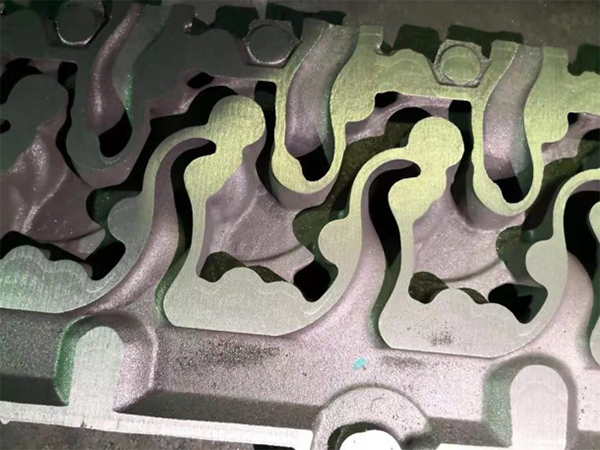The Art of Sand Casting with Resin
Sand casting is one of the oldest and most versatile manufacturing processes in the world. This method, which dates back thousands of years, involves creating a mold from sand and then pouring molten metal into that mold to create a variety of objects, from intricate decorative pieces to heavy machinery components. Recently, however, there has been a notable shift in the materials used in sand casting processes — specifically, the incorporation of resin. This article explores the advantages and applications of resin in sand casting, showcasing its role in contemporary manufacturing.
Understanding Sand Casting
Before delving into resin, it is essential to understand the traditional sand casting process. In its basic form, sand casting involves creating a two-part mold made of sand. The sand used in traditional methods is typically mixed with a binding agent, allowing it to hold its shape when compacted. Once the mold halves are formed, they are assembled, and molten metal is poured into the cavity. After cooling, the mold is broken away to reveal the final product.
The Rise of Resin in Sand Casting
In recent years, the introduction of resin into the sand casting process has revolutionized the industry in several ways. Resins, particularly those based on polymers, offer unique properties that make them a favorable alternative to traditional sand binders. Unlike clay or water-based binders, which can degrade the quality of the mold over time, resins enhance durability and provide a smoother finish to the cast products.
One of the most significant advantages of using resin in sand casting is the ability to create more complex designs. With resin-bound sand, manufacturers can achieve finer details and smoother surface finishes in their castings. This quality is especially beneficial in industries that require intricate designs, such as art, jewelry making, and high-precision machinery components.
Benefits of Resin Sand Casting
1. Improved Strength and Durability Resin-bound sand molds can withstand higher temperatures and pressures than traditional sand molds. This ability to resist deformation ensures that the final cast products are consistent and of high quality.
sanding casting resin

2. Enhanced Detail and Finish The smooth texture of resin allows for sharper details in the mold, leading to aesthetically pleasing finished products. This characteristic is particularly valuable in artistic applications where detail is paramount.
3. Speedy Production The quick curing time of resin means that mold production can be significantly expedited. This advantage reduces lead times and enhances the overall efficiency of manufacturing operations.
4. Reduced Material Waste Resin sand casting can often use a closed-loop system, where unused sand can be reclaimed and reused in the process. This feature not only lowers production costs but also aligns with environmentally sustainable practices.
5. Versatile Applications From automotive parts to intricate sculptures, resin sand casting can cater to various industries, providing solutions that range from one-off prototypes to large-scale production runs.
Challenges and Considerations
Despite its significant advantages, resin sand casting does come with challenges. The initial setup costs can be higher due to the need for specialized equipment and materials. Additionally, proper ventilation and safety measures must be implemented, as some resins can emit harmful fumes during the curing process. Moreover, the choice of resin is critical; manufacturers must select a type that aligns with their specific casting requirements, whether for strength, heat resistance, or flexibility.
Conclusion
The integration of resin in sand casting has undoubtedly broadened the horizons of this ancient manufacturing process. With benefits such as improved strength, enhanced detail, and faster production times, it has become an invaluable tool for modern manufacturers across various industries. As technology continues to advance, the possibilities for resin sand casting will likely expand even further, leading to more innovative products and manufacturing solutions. The marriage of tradition and technology will continue to drive the evolution of sand casting, ensuring its place at the forefront of contemporary industrial practices.
Post time:dec. . 17, 2024 21:23
Next:what is foundry sand
